Despite the Coronavirus showing no signs of abating around the world, it does seem like there is no separating Singapore from its love of property. Just last weekend, the M has sold a quite frankly astonishing 75 percent of its units, while Luxus Hills managed to sell out its final phase as well – and even managed to set a new benchmark for pricing along the way.
So is there a reason why certain new launch condos do well – even with the current uncertain climate that they are launched in?
Is it always about selling price?
Or do other factors like the size of the development have a big role to play in the performance of the new launch?
In this article, we’ve taken the data from our new launch 2020 cheat sheet to analyse and see if there is any commonality in the data.
As always, let me just lay out the disclaimer first.
There were only 96 new launches that we’ve accounted for – so truthfully, it is a small sample size to really glean anything statistically sound.
For example, certain districts might really only have one new launch, so comparing it wouldn’t exactly be fair.
Let’s start with a couple of highlights.
Highlights: Key pointers
- The average take-up rate for all new launches is at 3.62%. This means most new launch condos sell an average of 3.62% of its total units every month.
- The M has sold a staggering 392 of its 522 units – in 2 weeks. Because of that, it has been an anomaly in all the data such that we’ve taken it out of all except the comparison in districts.
- (If you don’t account for the M) District 2 surprisingly had an average take-up rate of 9.54% – almost 3 times the average take-up rate.
New Launch Condos Take-Up Rate 2020

Selling Prices vs Average Take-Up Rate
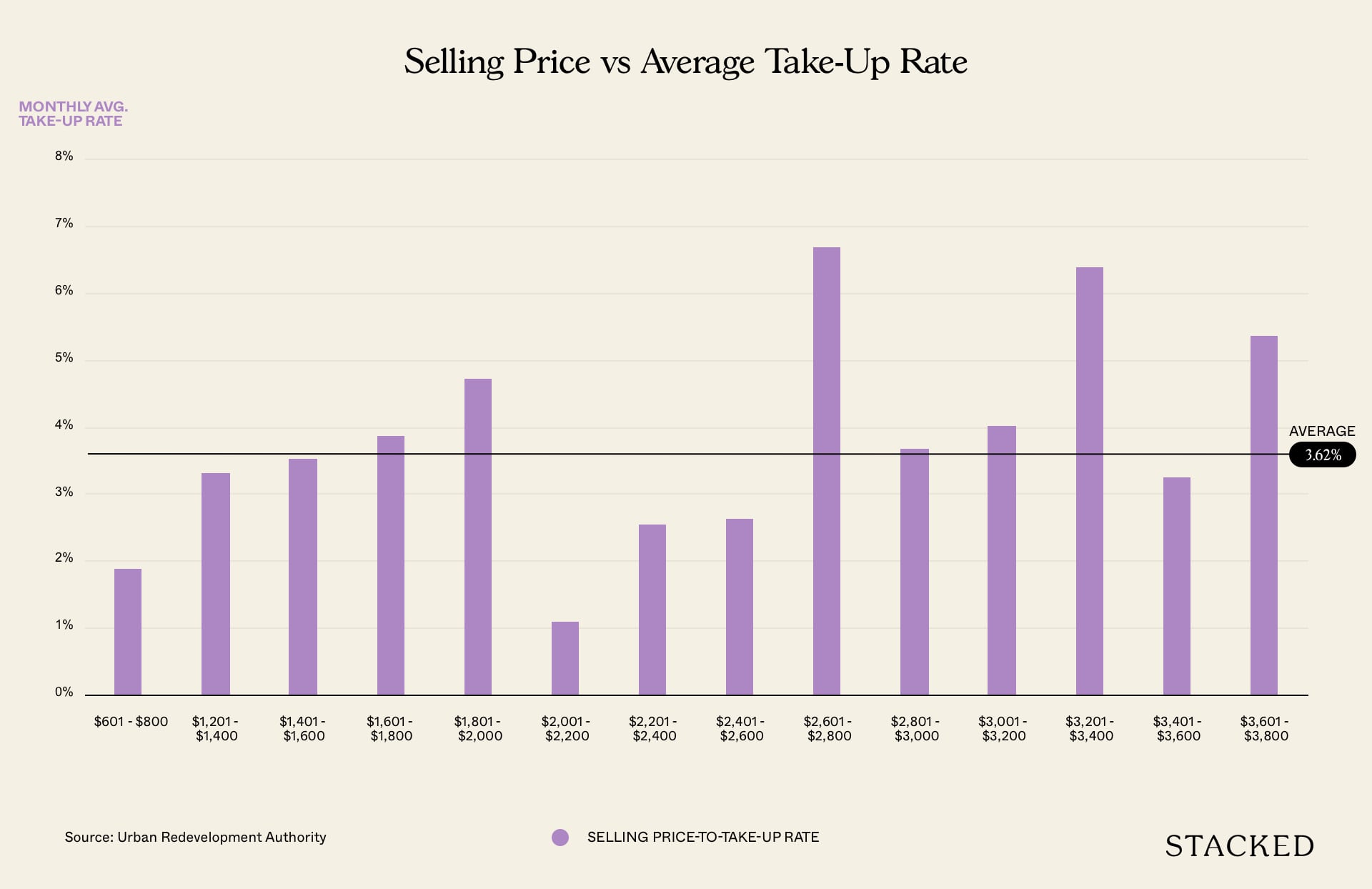
This was an interesting one for us. Ask anyone prior to this and most people would think that a lower selling price means a faster take-up rate.
Well, from the chart you can see that that isn’t the case at all.
In fact, properties in the luxury market sold faster – with new launch condos in the $2601 to $2,800 PSF category achieving a 6.69% monthly average take-up rate. Properties in the $3,201 to $3,400 PSF category weren’t far off at all too at 6.4%.
Difference in Selling Price to District Price vs Average Take-Up Rate
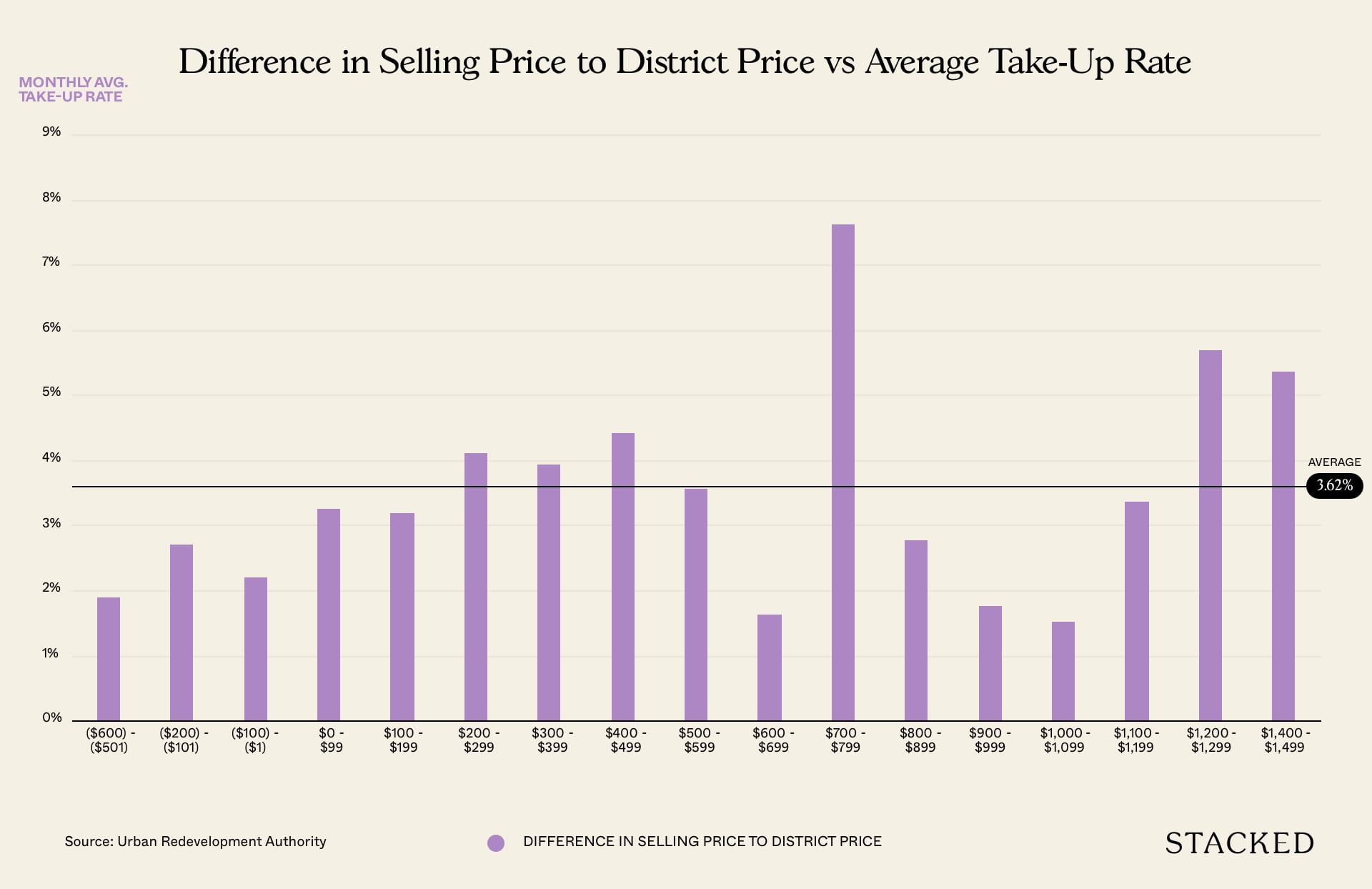
Quite a mouthful of a header here, but it’s quite simple really. We wanted to find out if there was a relationship between new launch condos that were priced under and over the district average PSF.
In a similar story to the above selling prices category, one might expect that new launch condos priced under the district average PSF to sell through faster. But that’s not the case at all – with the sweet spot for selling prices at $700 – $799 above the district average PSF doing well at 7.62%.
More from Stacked
How We Made $270k From A $960k Condo Bought During COVID: A Buyer’s Case Study
Project Case Study: Penrose
You’ll see from the graph too that the highest category at $1,400 to $1,499 has done rather well with an above-average 5.37% take-up rate. But it’s worth noting that this is solely based on the performance of the Boulevard 88 – the only one in this category. Like we mentioned earlier, it’s a small sample size so don’t read too much into this one!
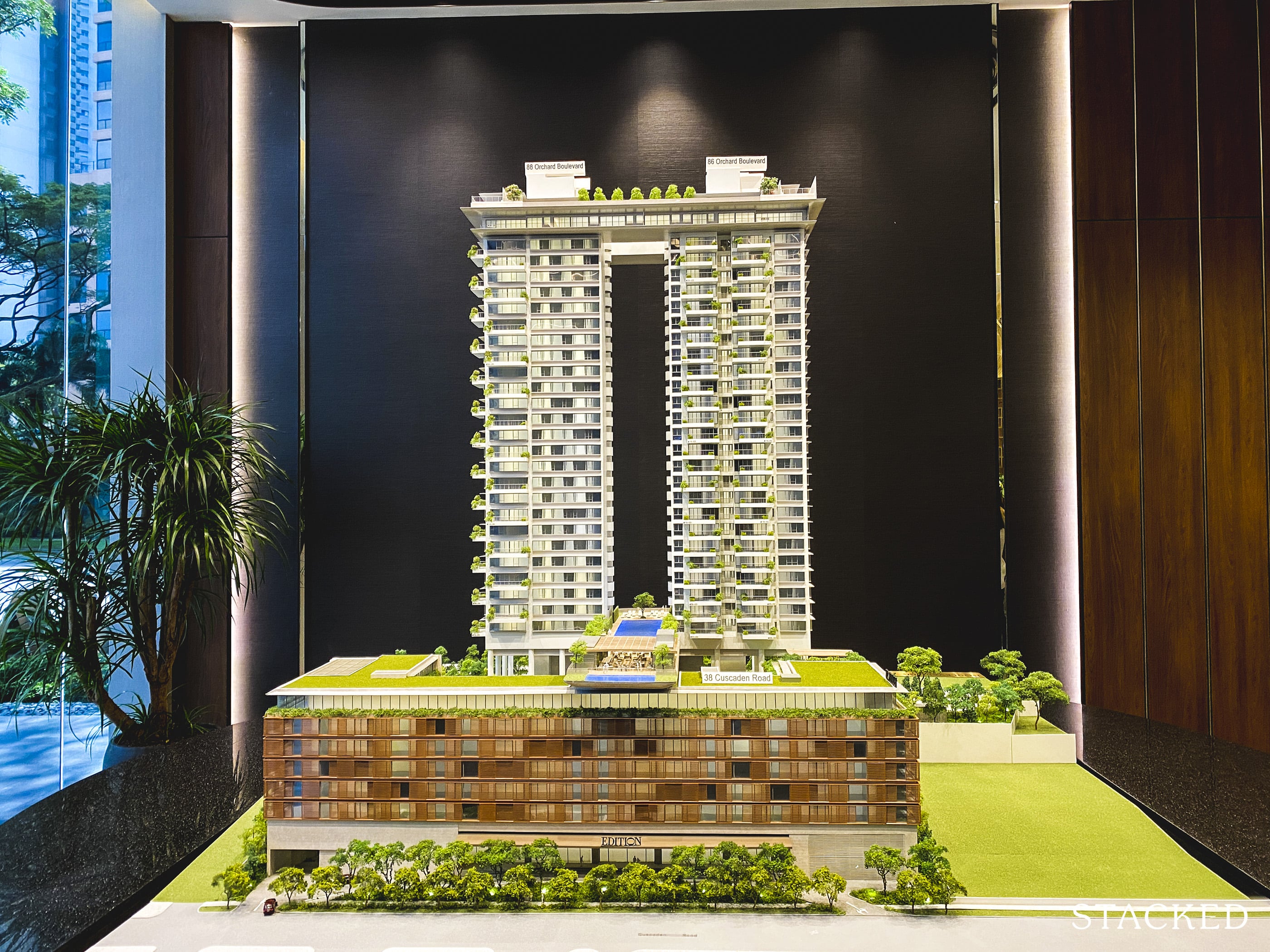
New Launch Condo ReviewsBoulevard 88 Review: Infinity Sky Pool In Prime Orchard Boulevard
by ReubenNumber of Units vs Average Take-Up Rate
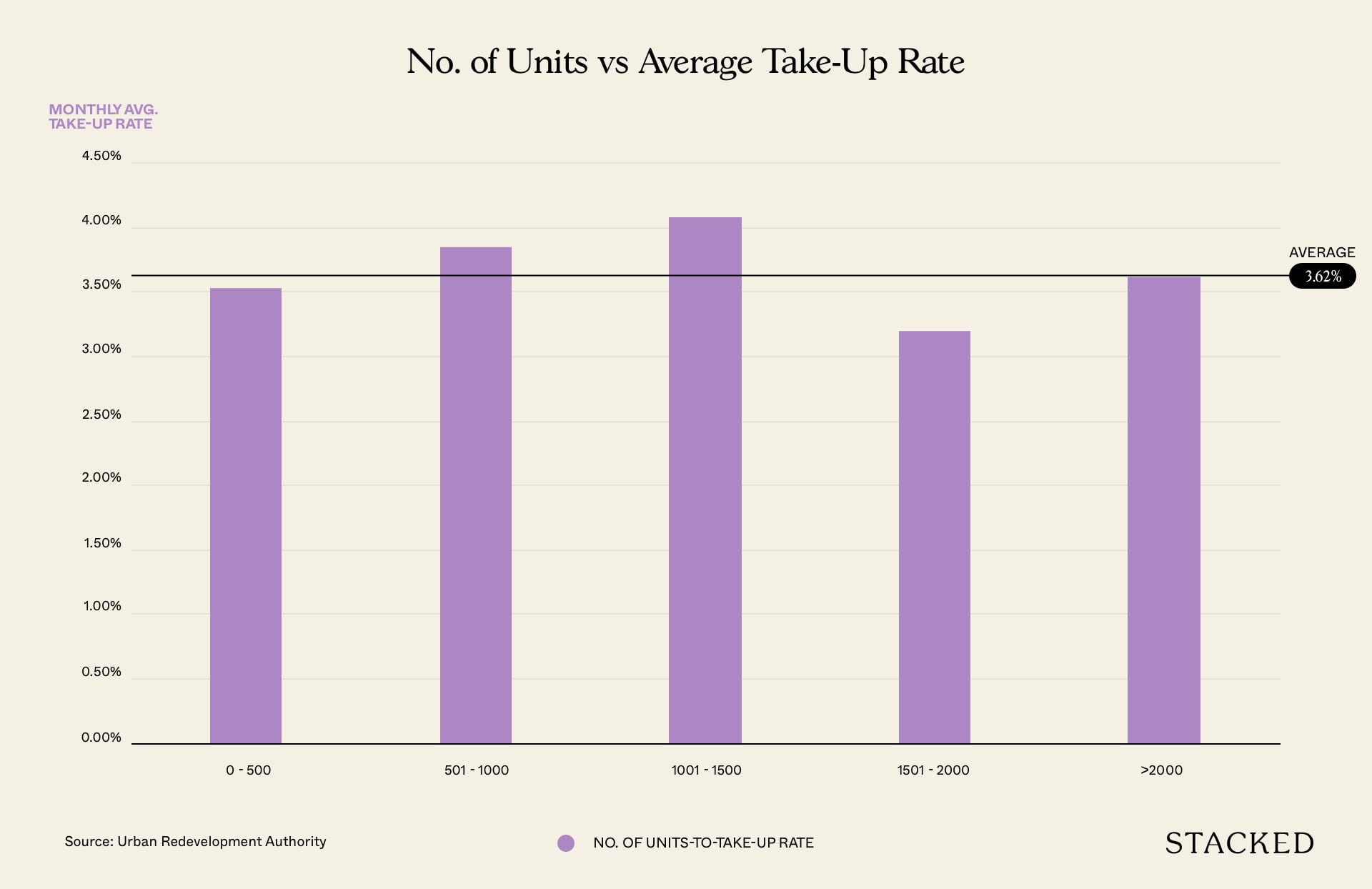
As you can see, this was quite the dud as on the surface it seems as if there is no real correlation between the number of units and the average take-up rate at all.
To be fair in this case, it is hard to come up with any meaningful conclusion given that 66 of the 96 condos in this list came under the 0 to 500 unit category. There was only one in the above 2,000 units – Treasure at Tampines. Perhaps if there were more launches in the larger categories we could see something more concrete, but that would be something hard to achieve given these are generally seen to be more risky to developers.
Margin vs Average Take-Up Rate
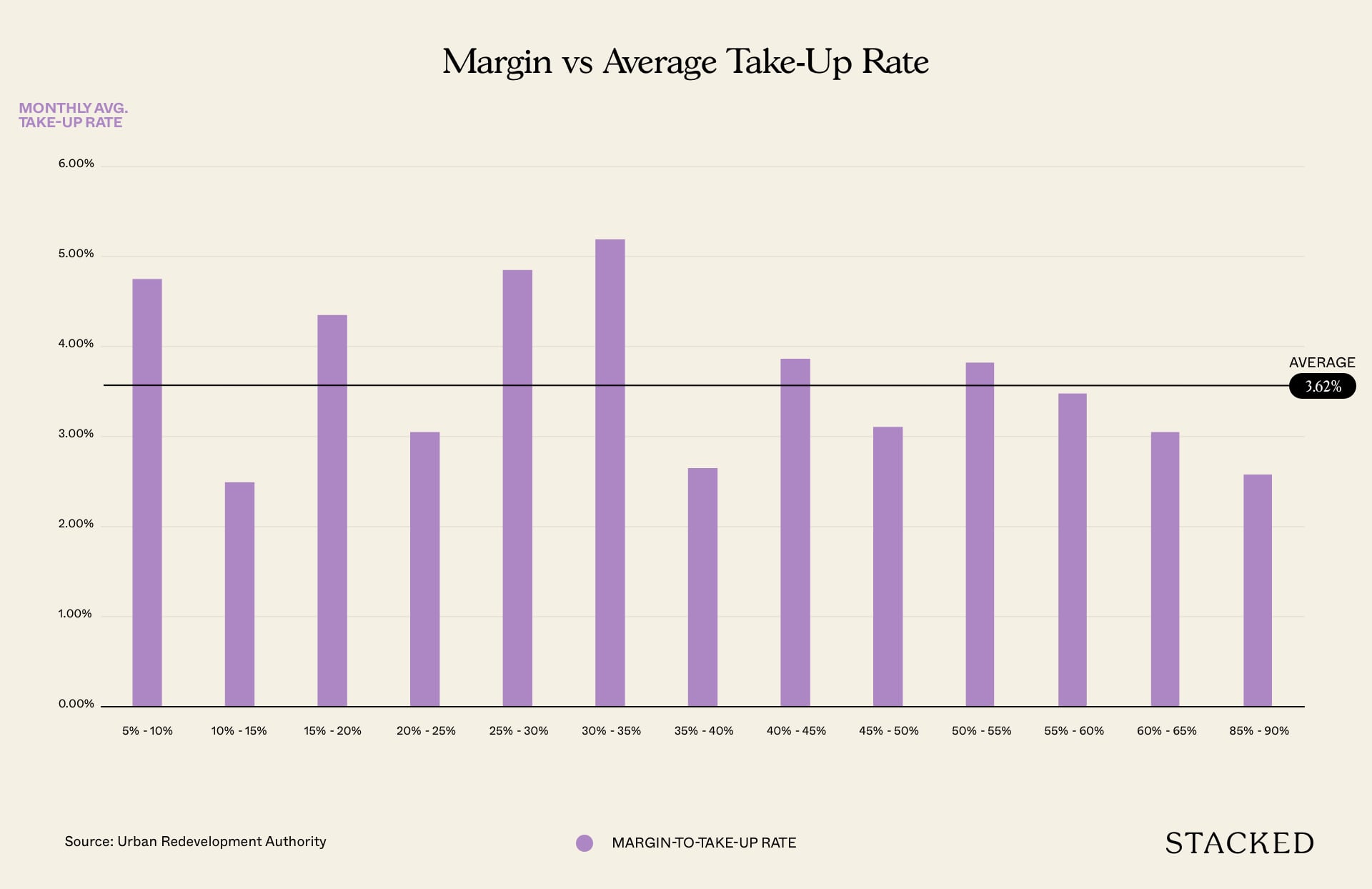
Before we go into this, it must be said that the margins for these are all based on an estimation of costs to the developer such as construction, land financing, legal fees, and marketing. The only figures that are certain are GFA and the cost of the land.
Again, this was quite a surprise as we thought there might be some correlation here too. But the results appear to be quite even across the board. Of course, this could change if units do not move as those new launch condos with higher margins can afford to spend more on marketing, incentivise agents with more commissions, or simply lower the price (worst case scenario).
District vs Average Take-Up Rate
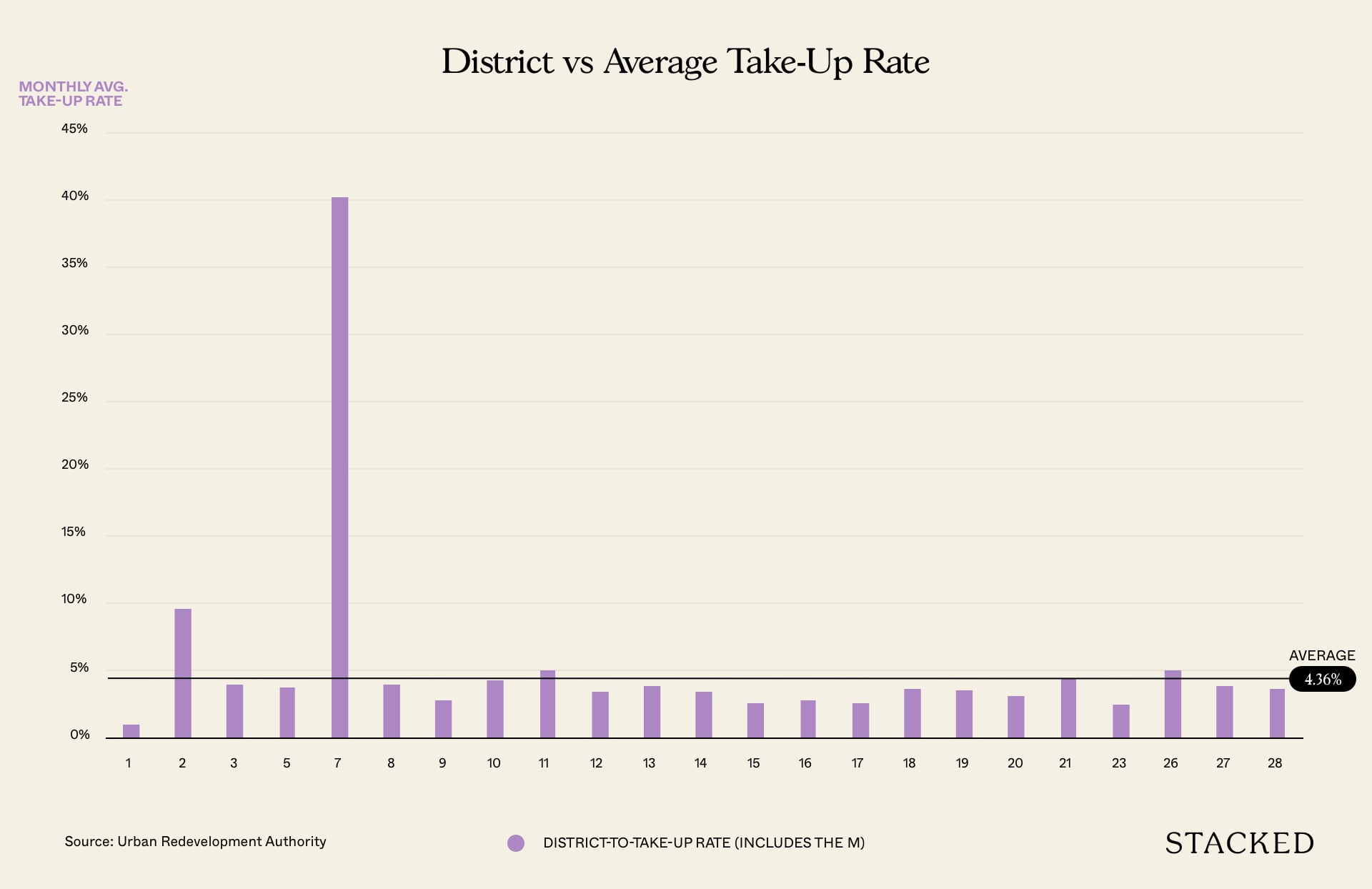
Last but not least, we wanted to see if the popularity or future potential of a district can play a role in the average take-up rate.
This is the only chart that we’ve decided to include the M into the findings, and as you can see, it has clearly skewed the data – with a 40.13% average take-up rate.
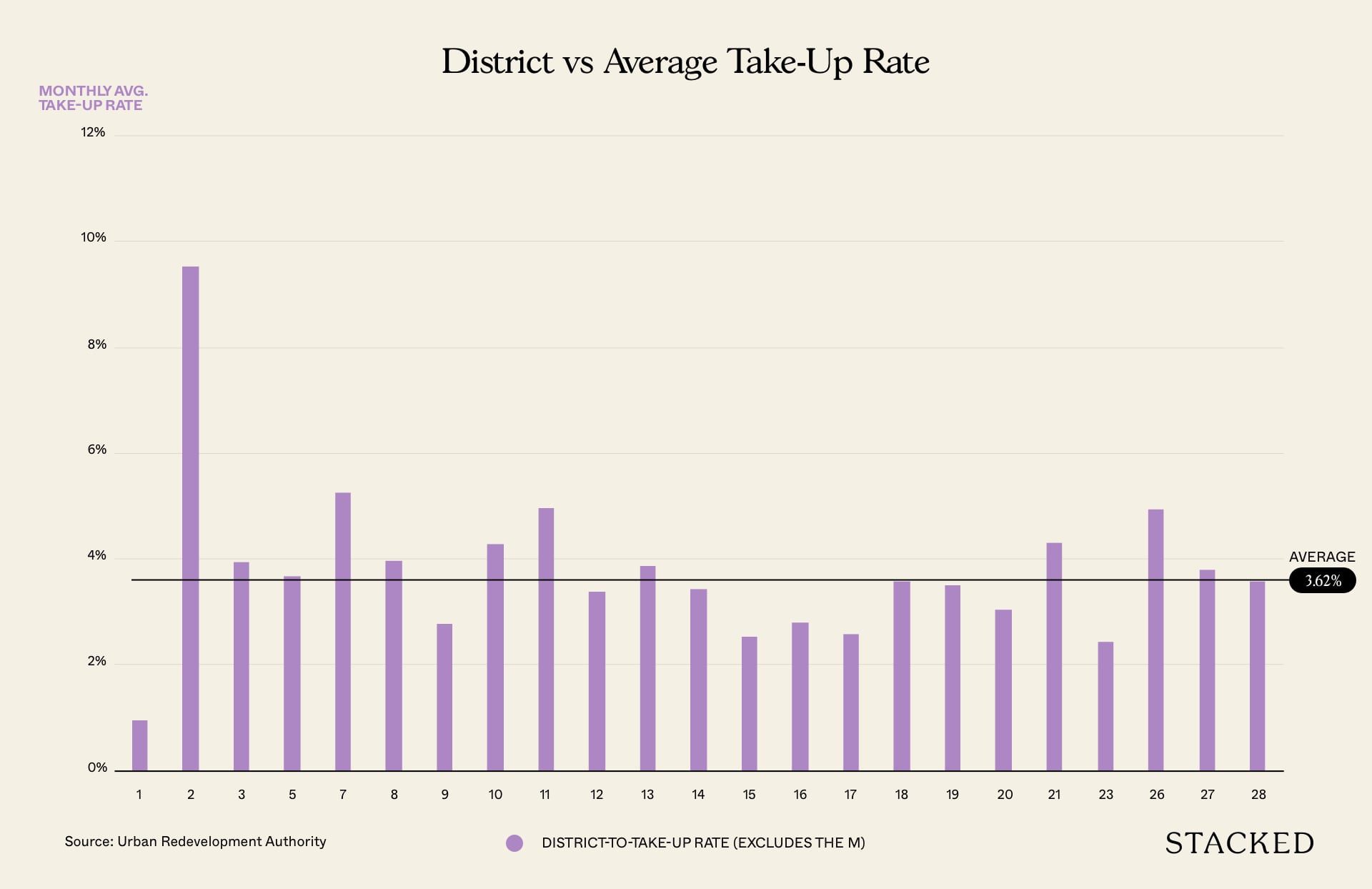
If we were to take out the M, it drops to second place, with District 2 overtaking it.
Final Words
Ultimately, these statistics are based on correlation, not causation.
And while the final data hasn’t really provided anything out of the ordinarily interesting we can still draw one major conclusion from this:
There is never just one major reason for a new launch doing well.
It is always due to a combination of factors that cannot be ignored.
Buying real estate is not like choosing the best fridge for your kitchen – it isn’t an easy decision at all and there are a ton of factors that come into play.
Need help in choosing a new launch condo for yourself? Feel free to reach out to us at hello@stackedhomes.com!
Sean
Sean has a writing experience of 3 years and is currently with Stacked Homes focused on general property research, helping to pen articles focused on condos. In his free time, he enjoys photography and coffee tasting.Read next from Property Investment Insights
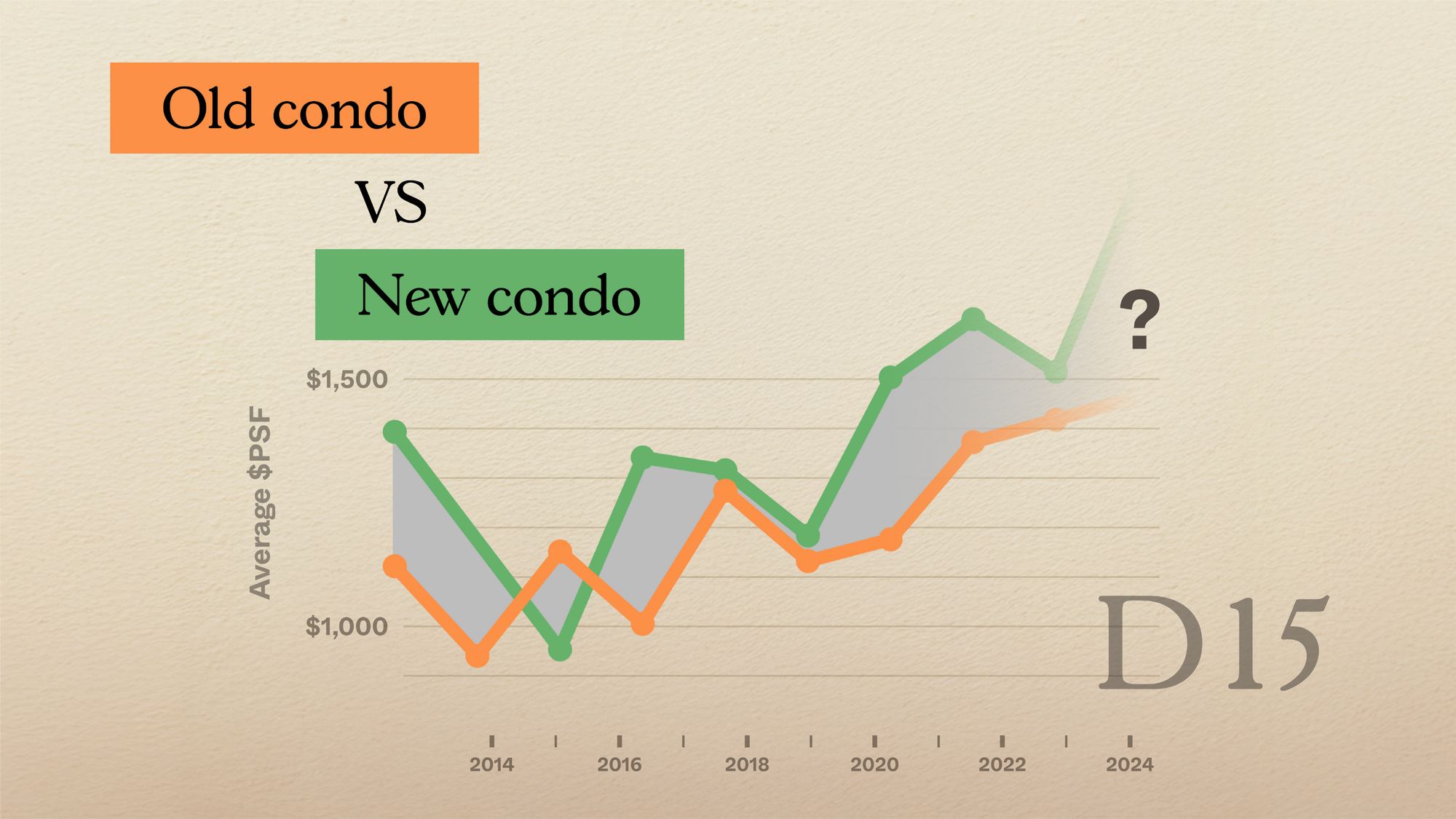
Property Investment Insights Old vs New Condos In District 15: Which Offers Better Value In 2025?
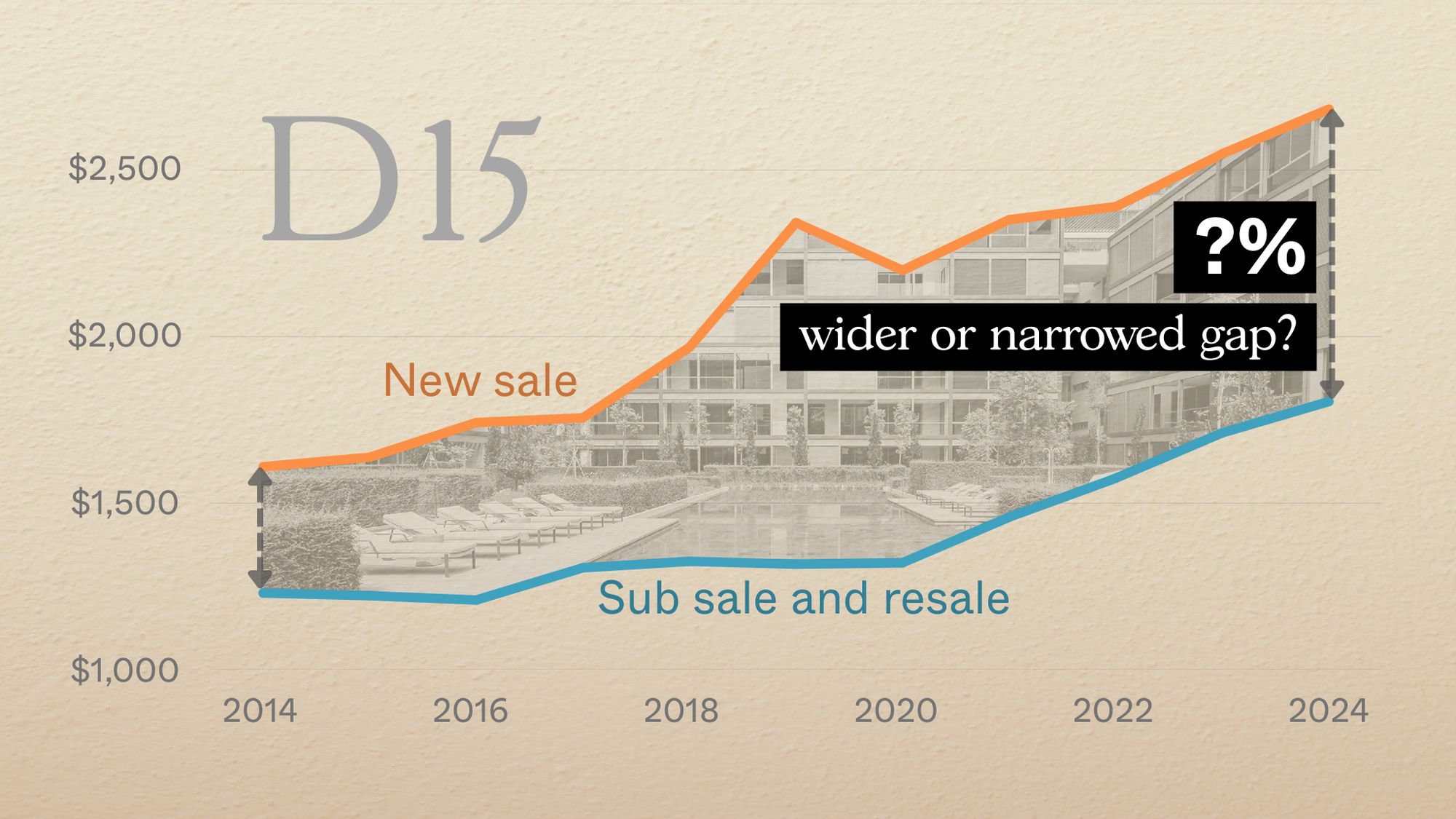
Property Investment Insights District 15 Resale vs New Launch Condos – Analysing Price Gaps for Larger Family Units
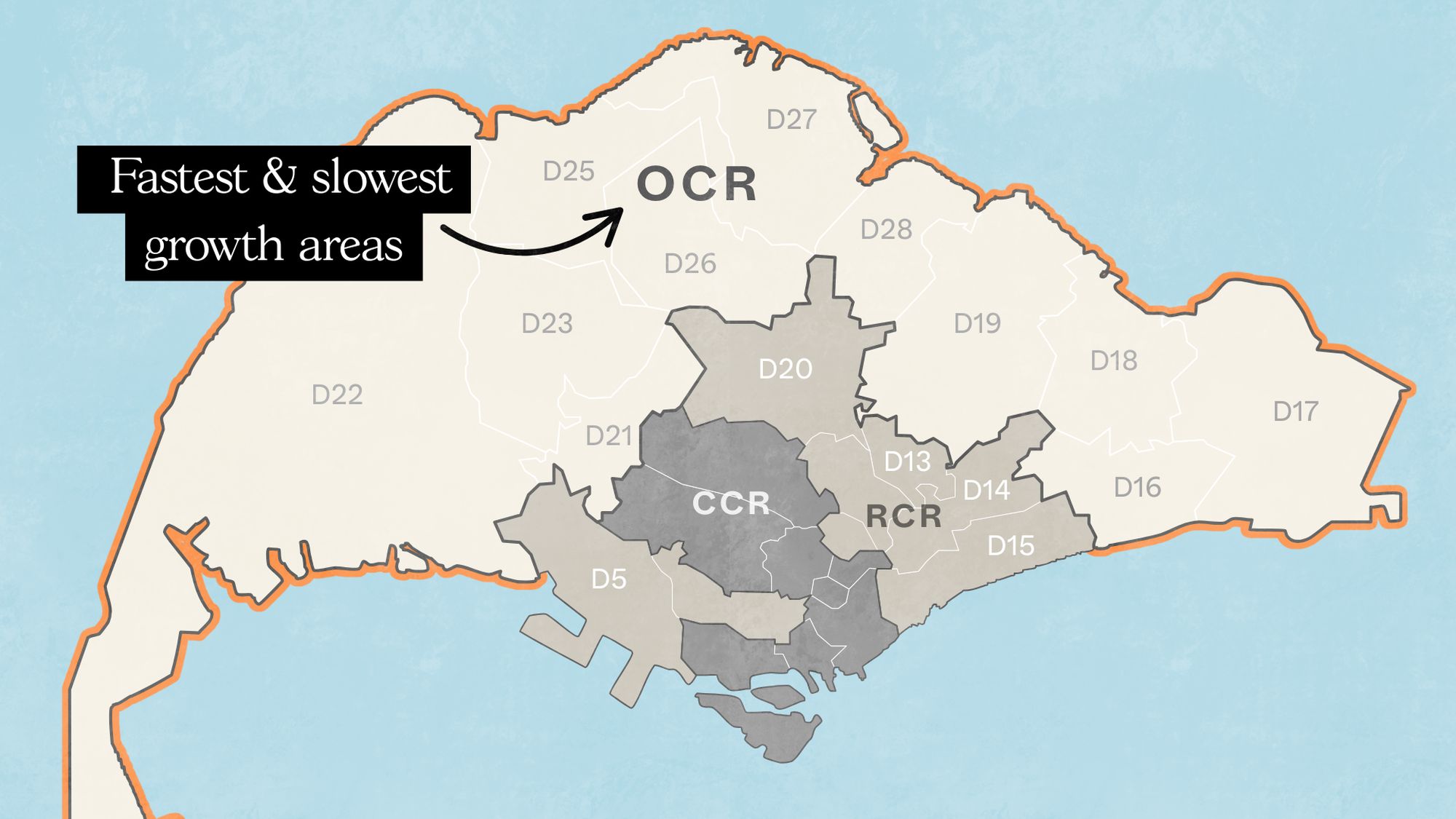
Property Investment Insights Are Singapore’s Suburban Condos Still Affordable? The Surprising Truth
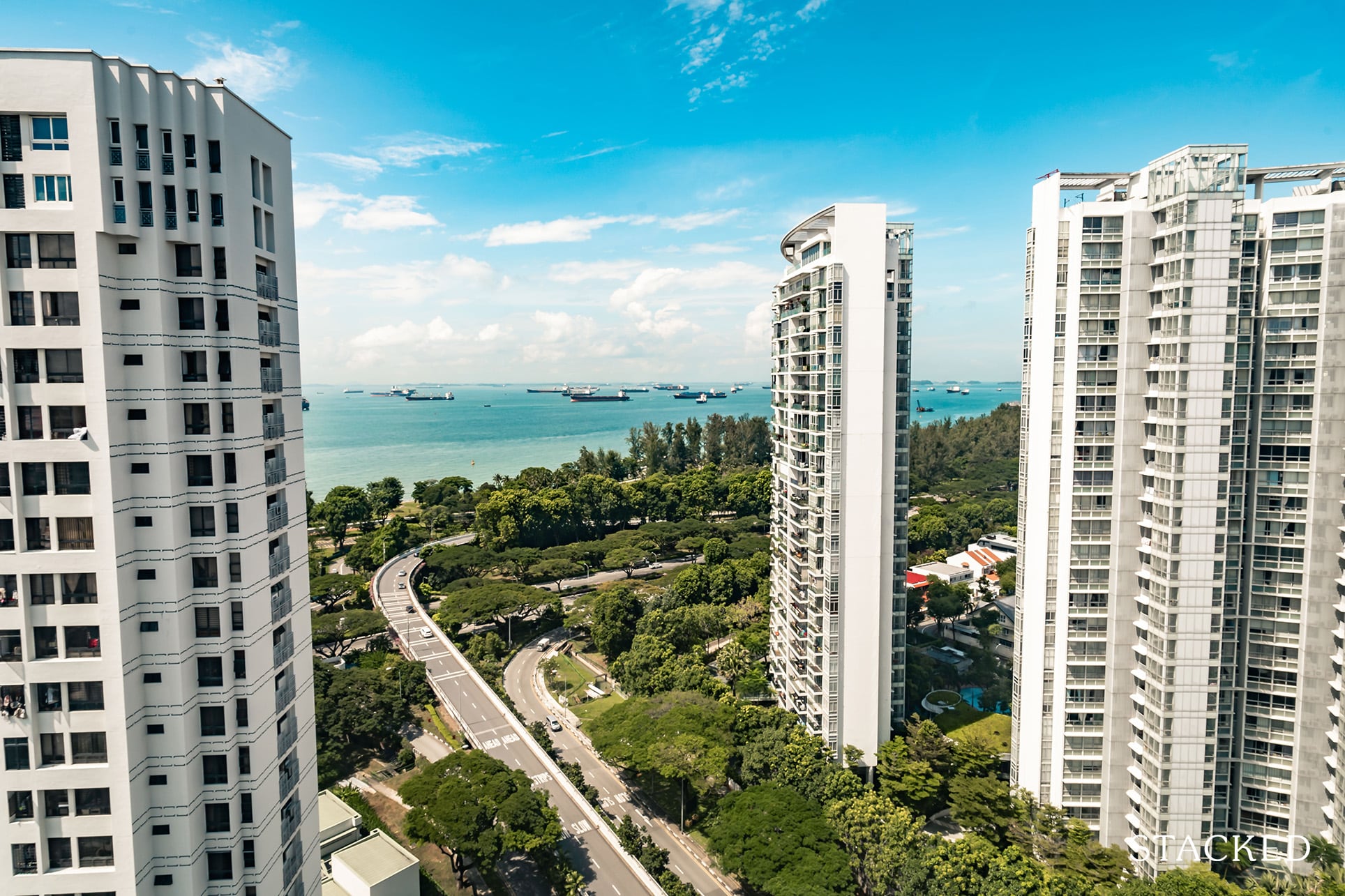
Property Investment Insights New Launch vs Resale One and Two Bedders in D15: Here’s Where The Price Gaps Are The Biggest
Latest Posts
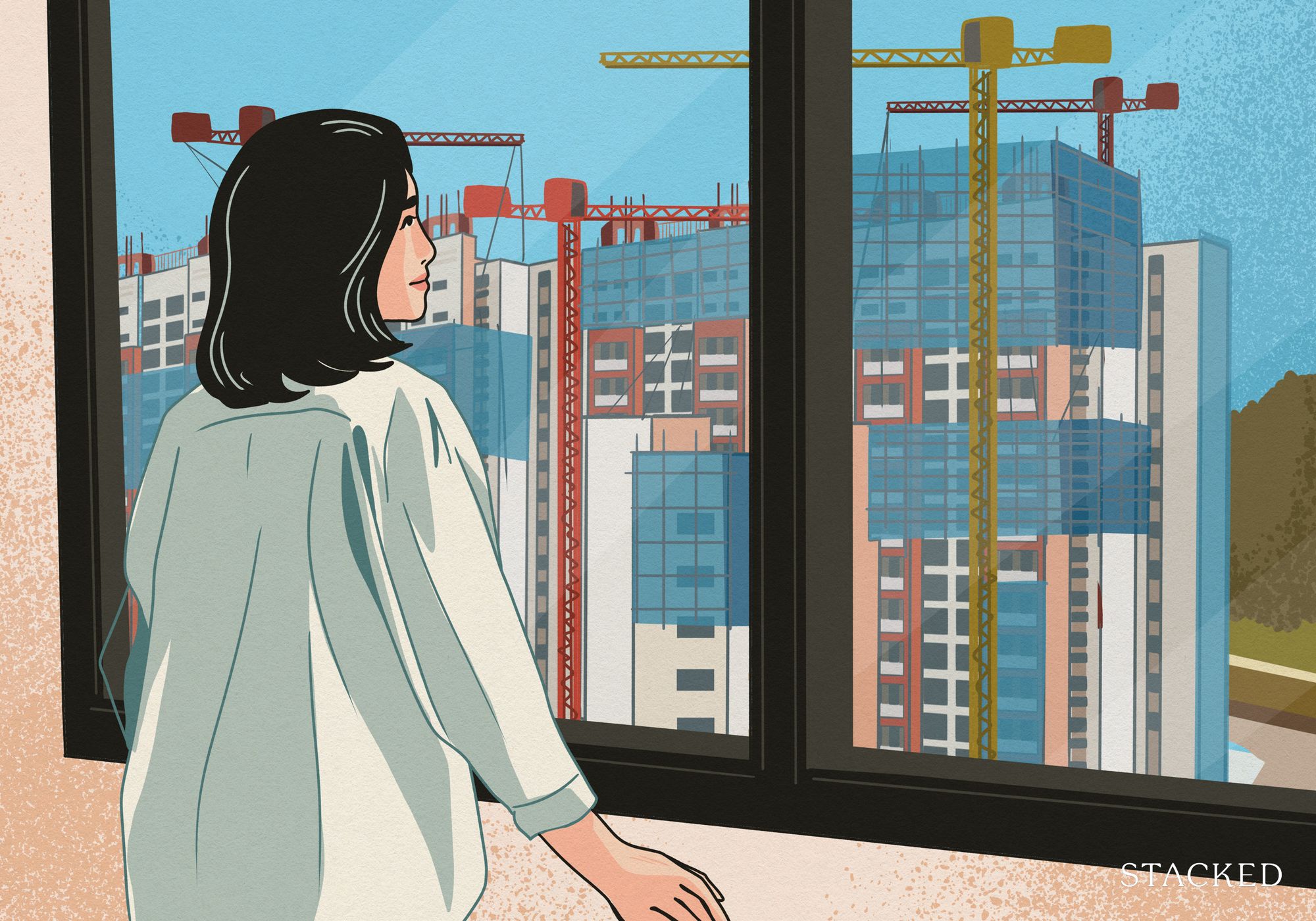
Property Market Commentary Why Land Price Is the Single Biggest Factor Behind New Launch Condo Pricing

Homeowner Stories I Waited for Property Prices to Drop — and Ended Up Paying More
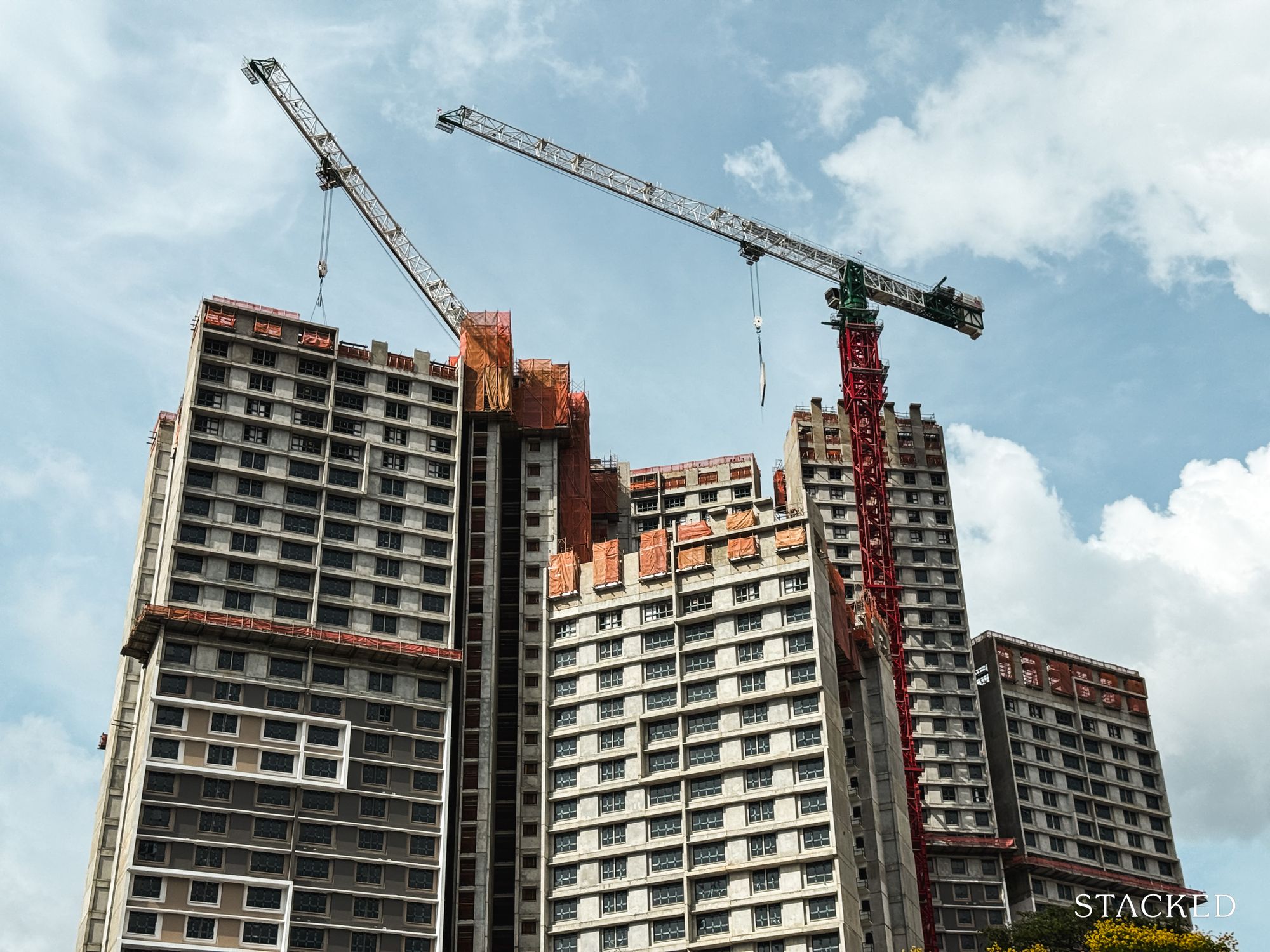
Editor's Pick We Review 10 Of The October 2025 BTO Launch Sites – Which Is The Best Option For You?
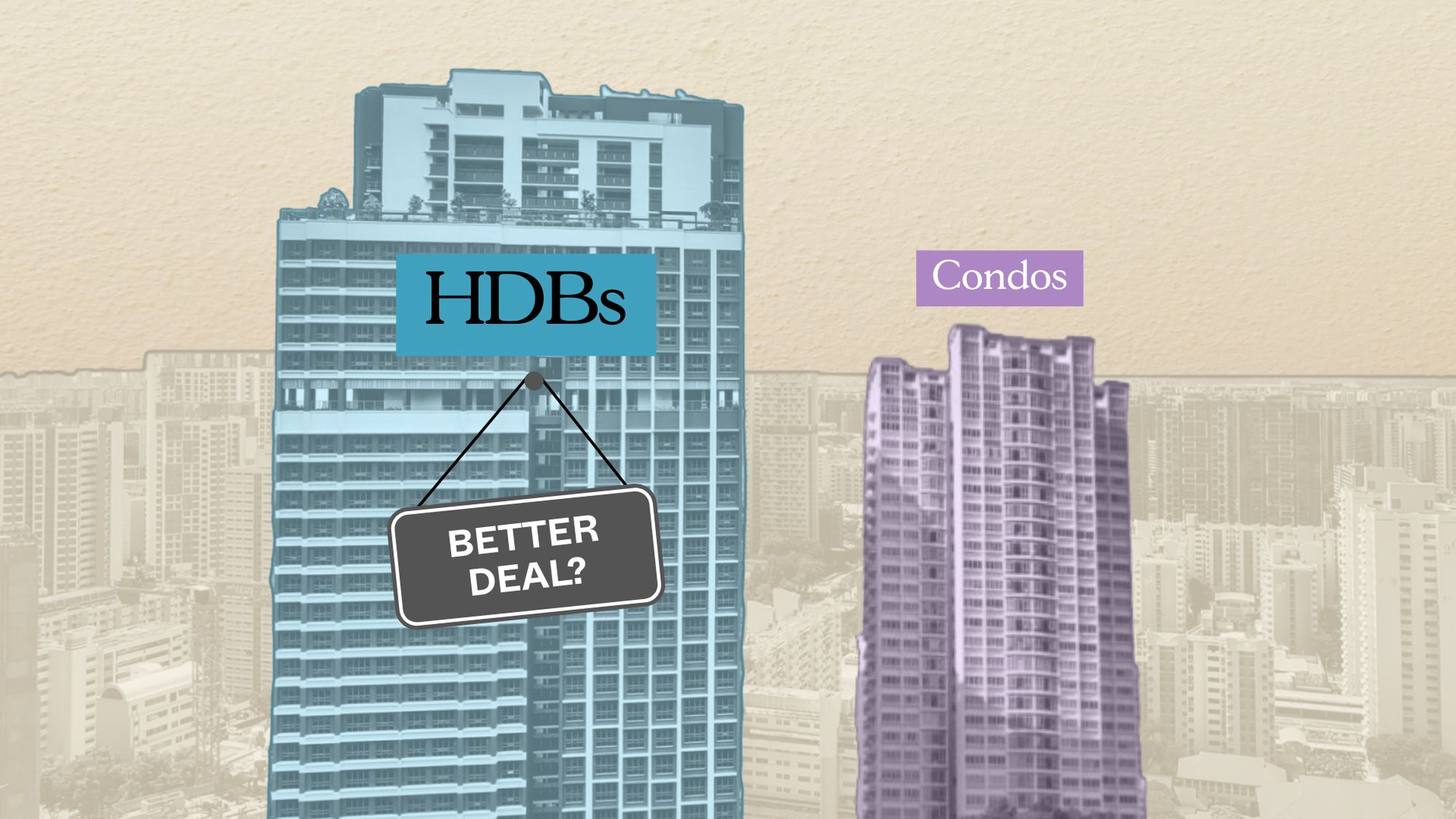
Pro Condo Vs HDB Price Gap Analysis: Singapore Estates Where Resale HDBs Present A Clearer Value Case Than Condos
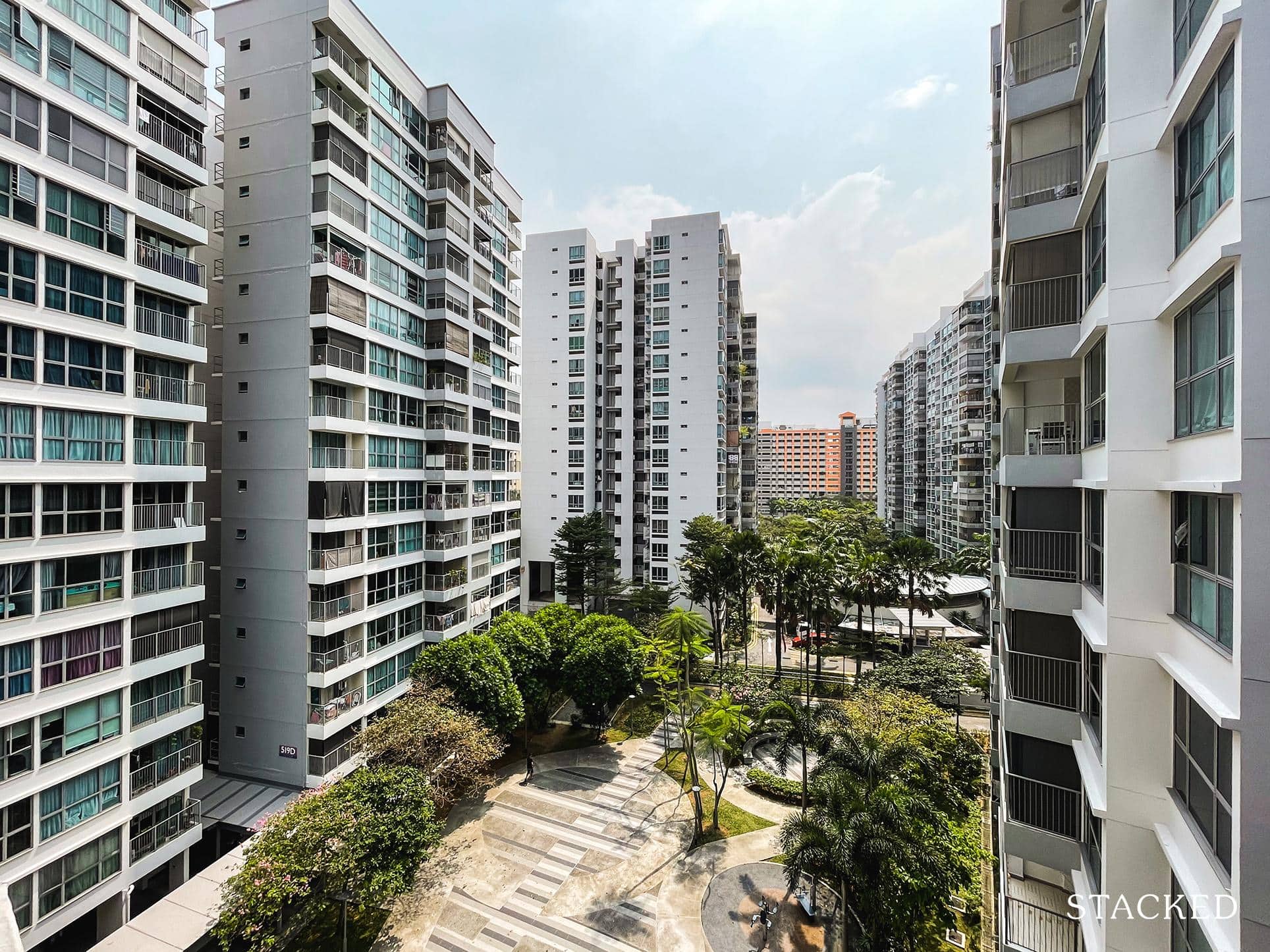
Singapore Property News 5-Room Tampines HDB With Large Balcony Sold For A Record $1,068,000
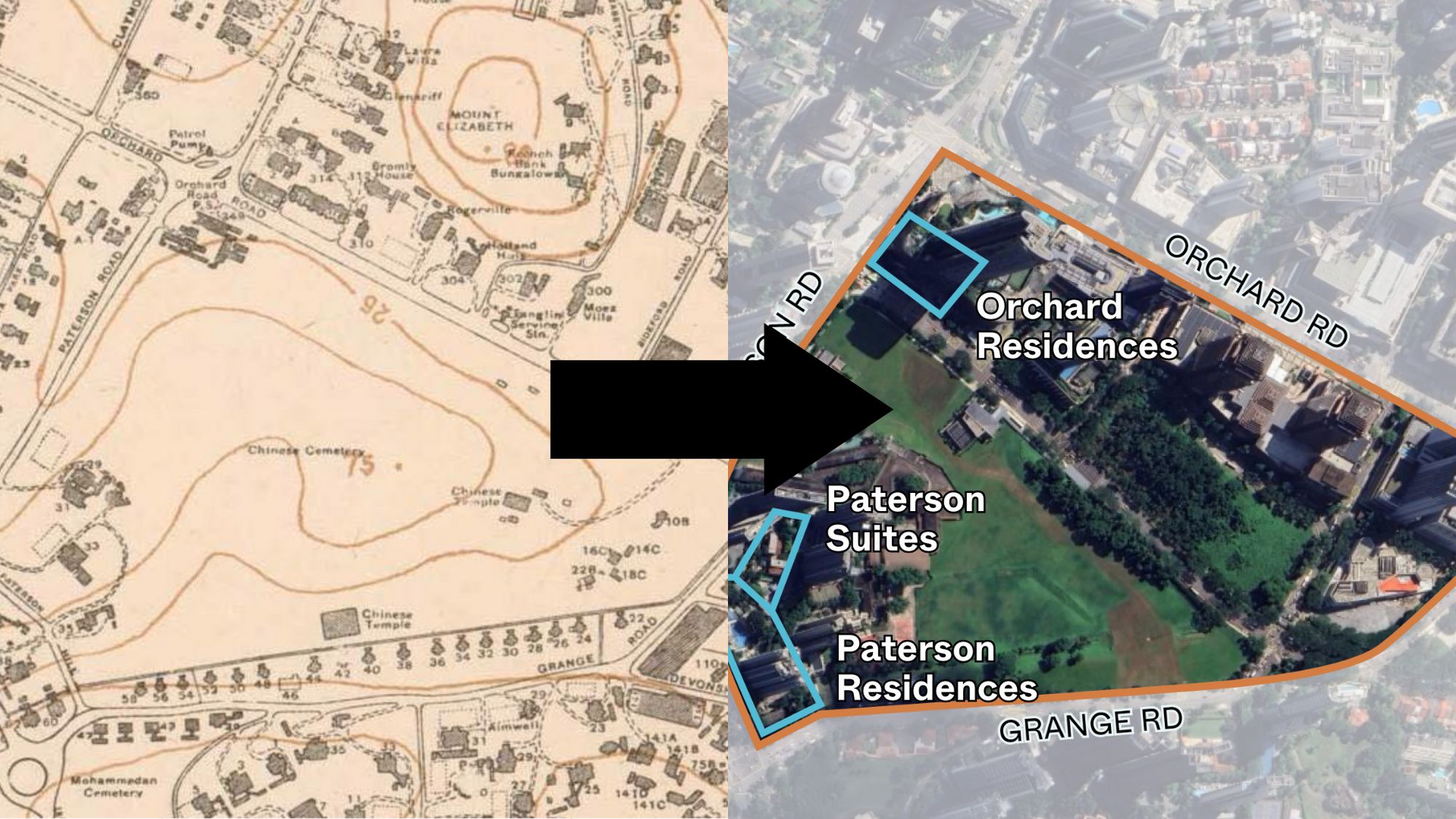
Property Market Commentary 5 Property Hotspots In Singapore You Did Not Know Were Built Over Graveyards
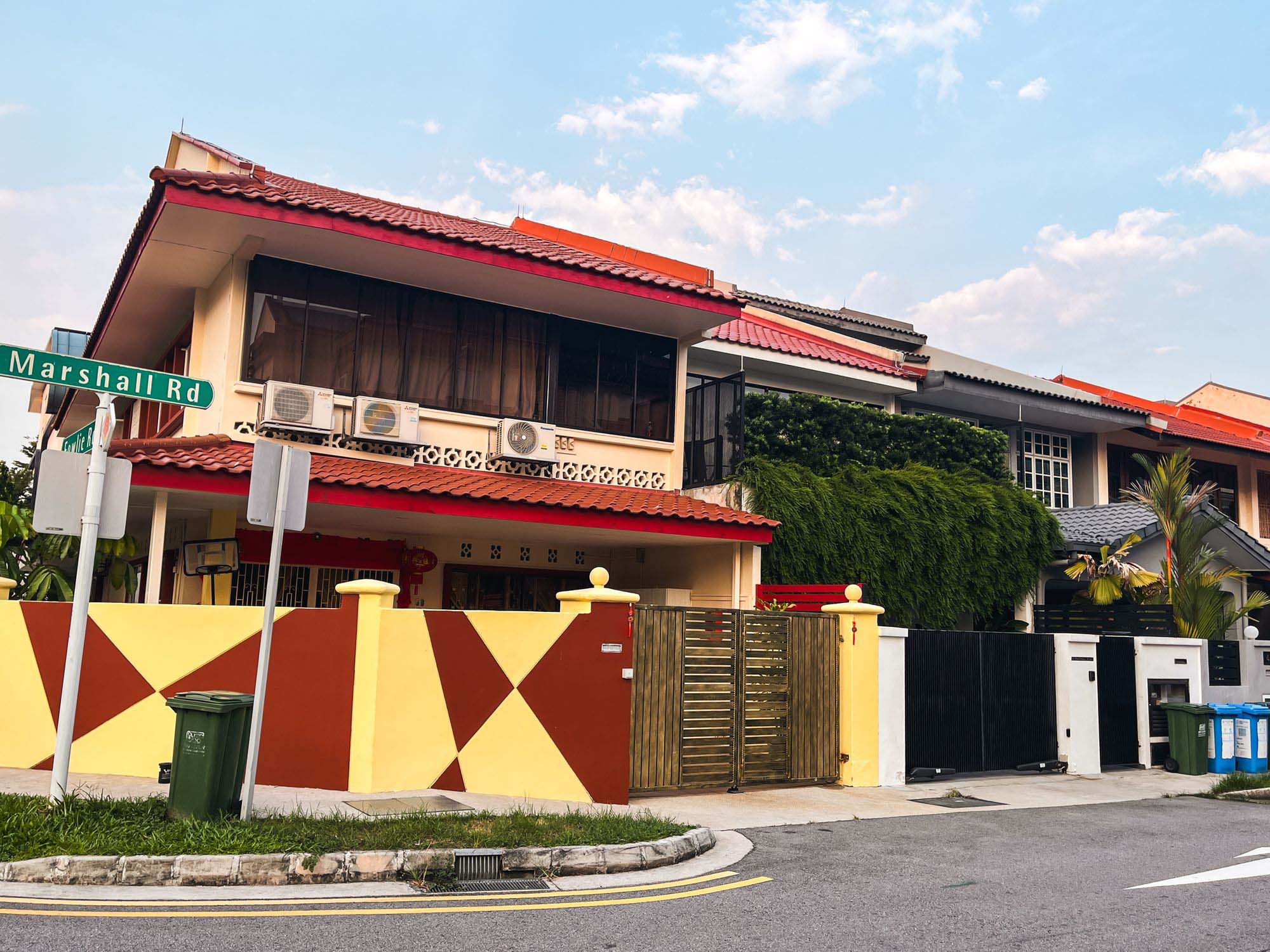
Editor's Pick We Toured A Convenient Freehold Landed Estate In The East From $4.1 Million
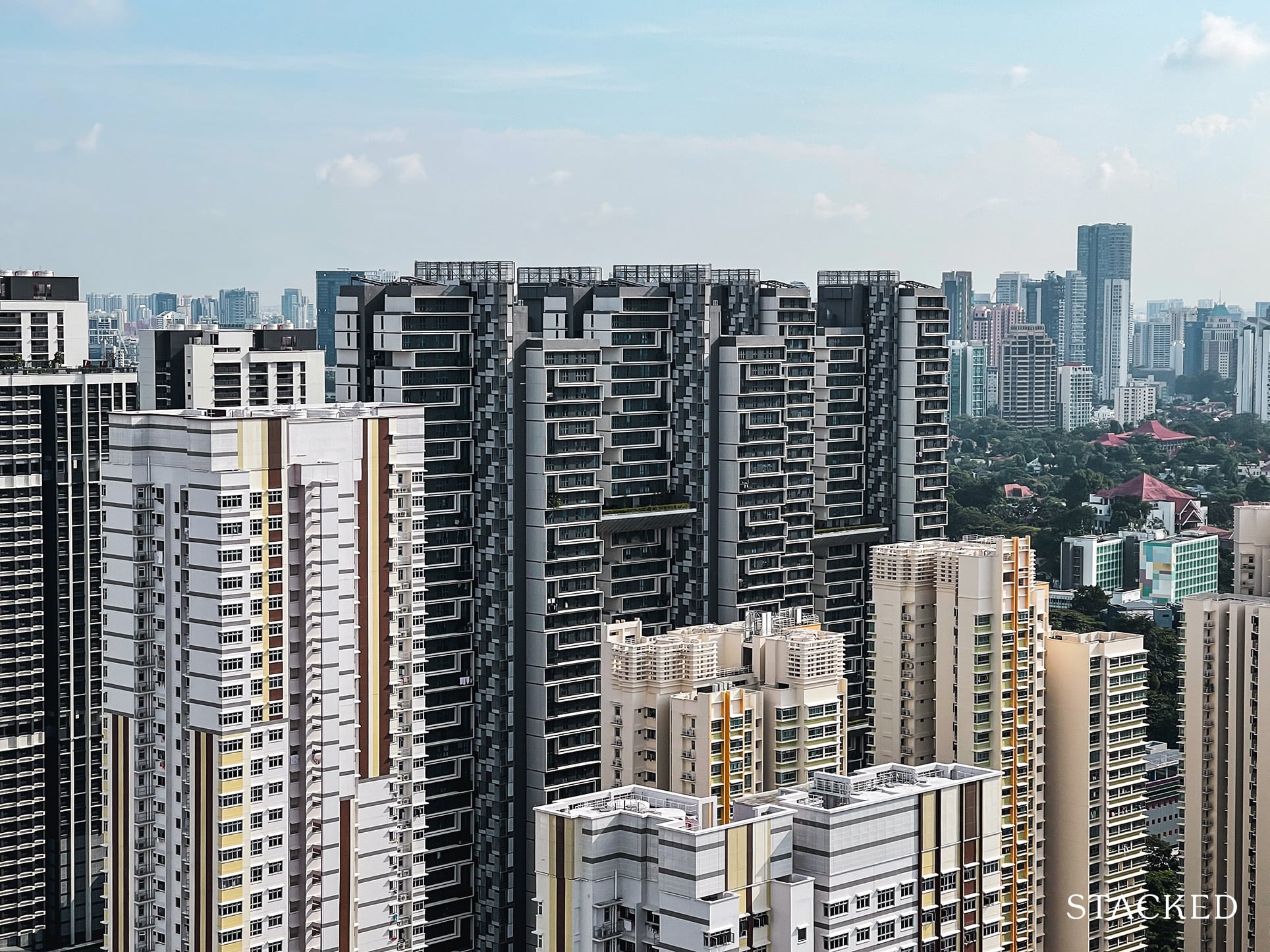
Singapore Property News What Really Drives HDB Resale Prices (And Why COV Matters More Than You Think)
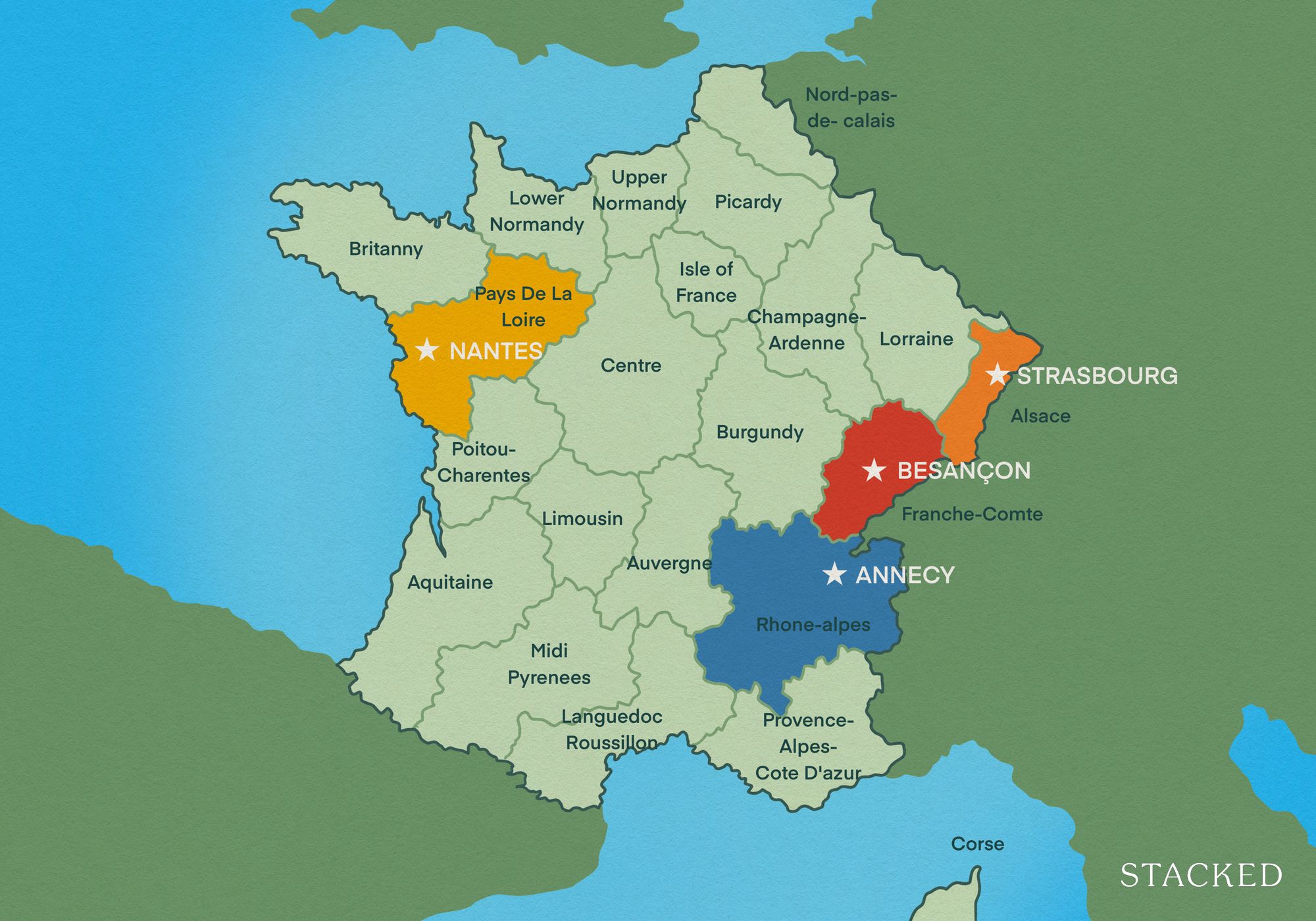
Editor's Pick Where Should Singaporeans Buy Property In France? A Full Guide For Young Investors
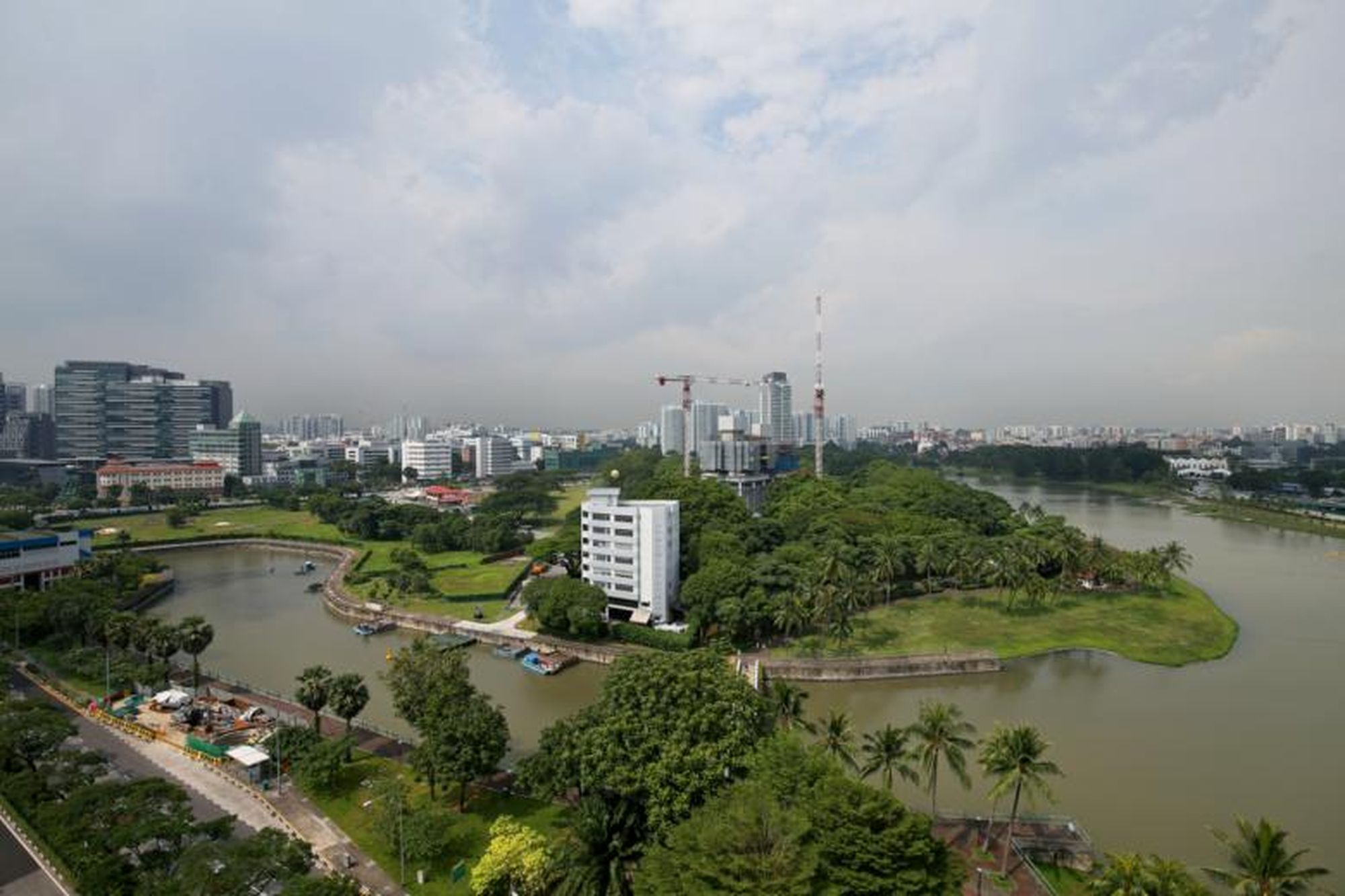
Editor's Pick How A Waterfront Development With 4,000 Homes Is Going To Reshape Singapore’s Property Market
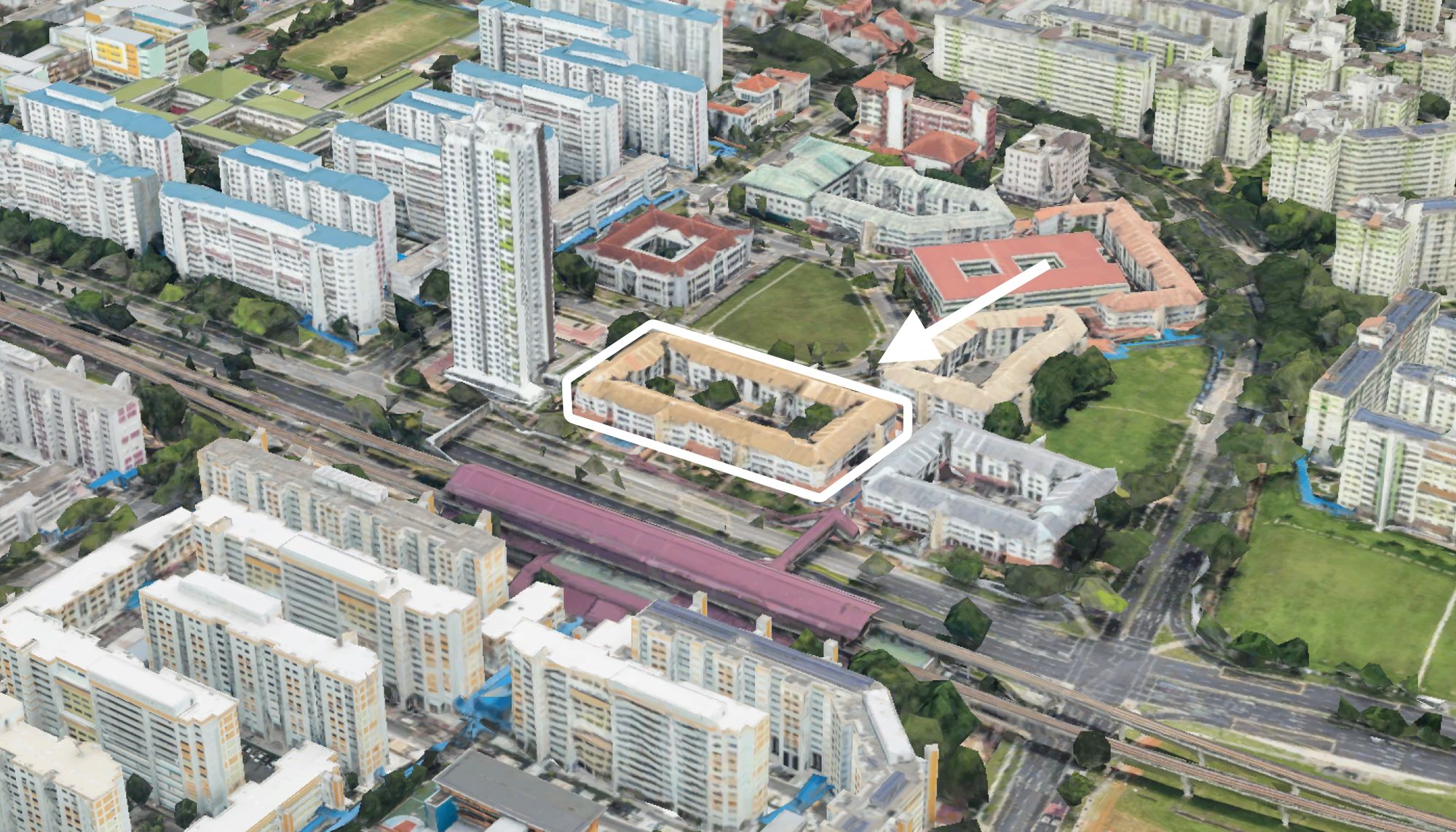
On The Market 5 Rare HDB Flats Above 1,700 Sq Ft You Can Buy Right Now – From $850K
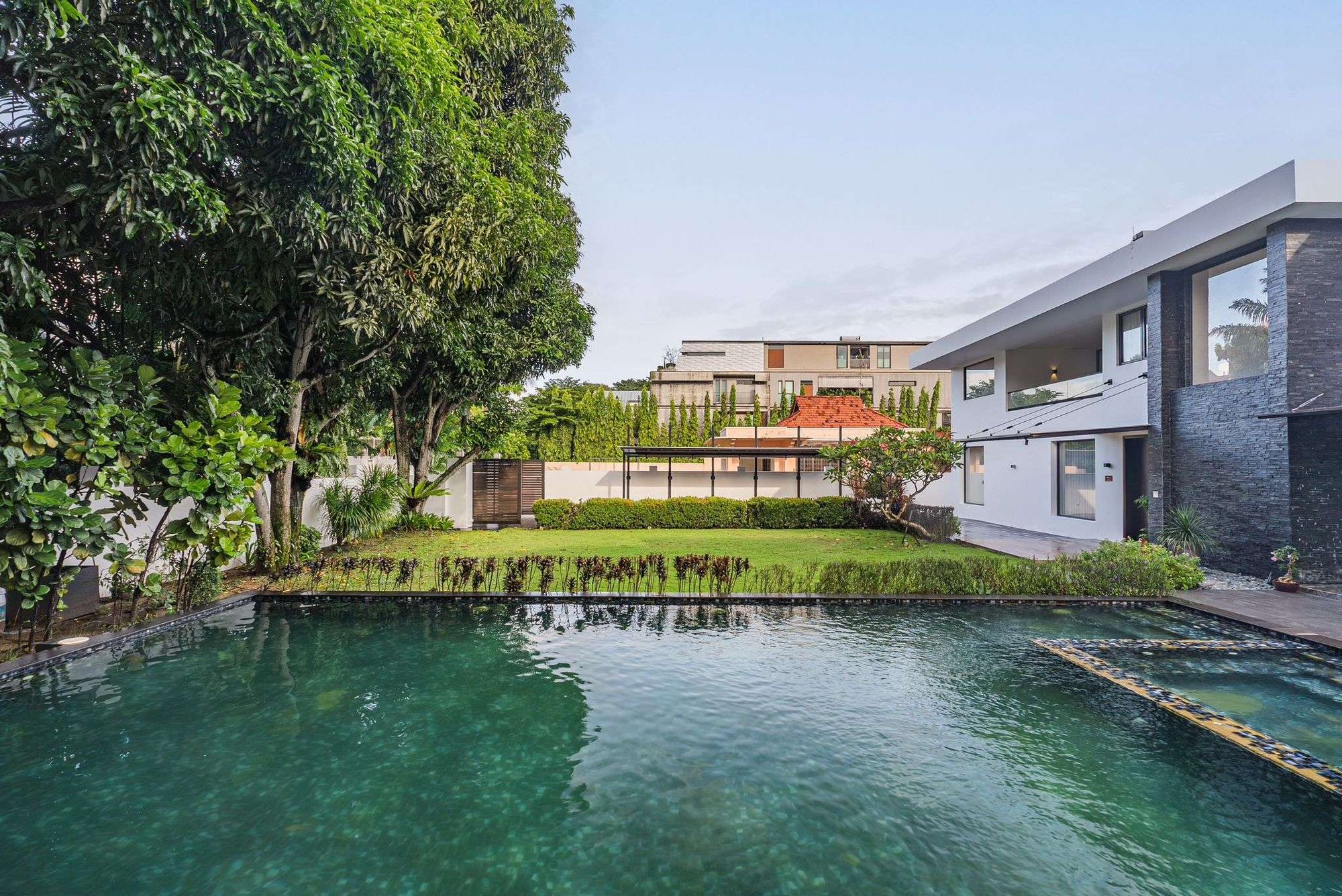
On The Market Rare 16,000 Sq ft Freehold Plot In D15 Hits The Market For $39M
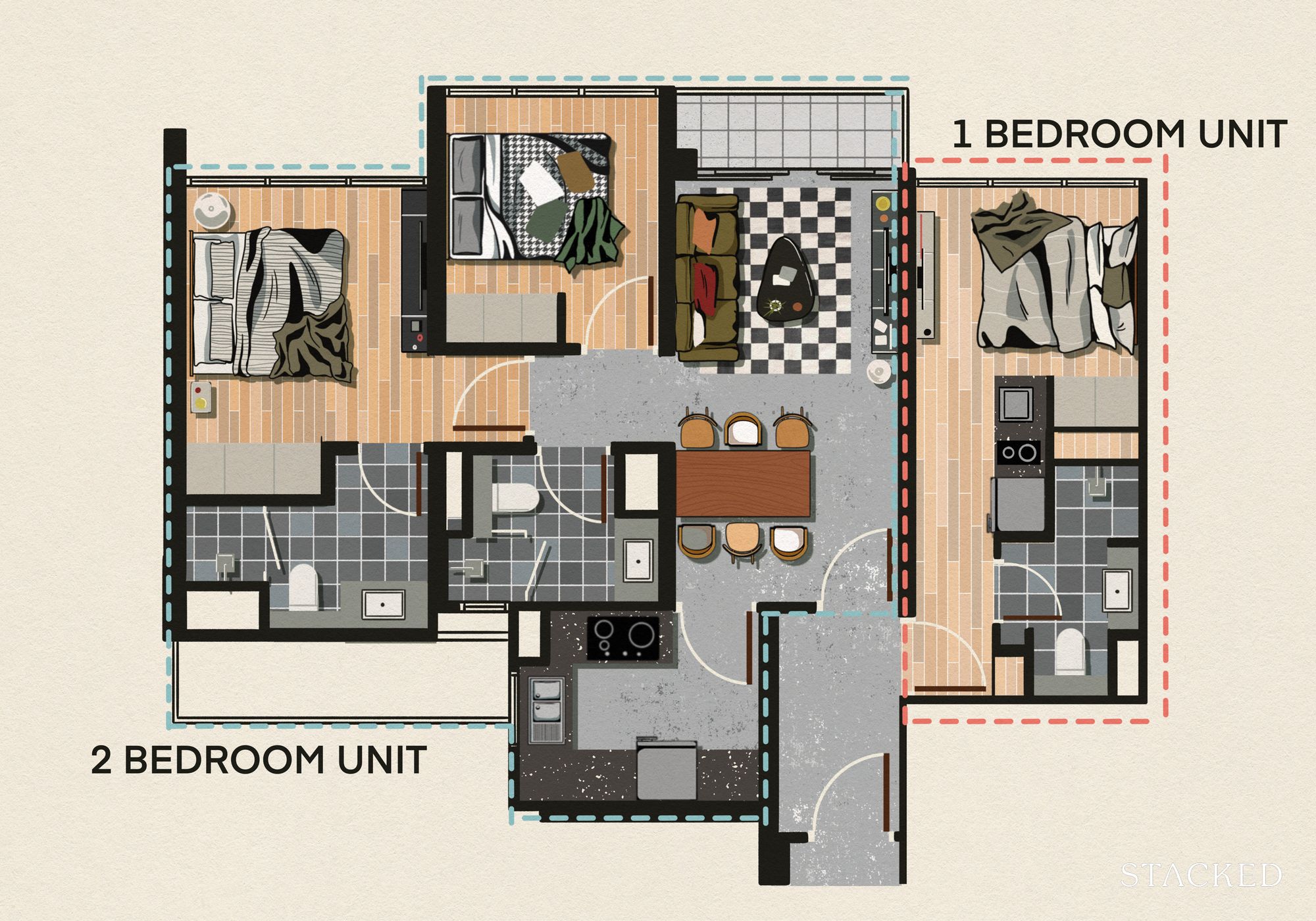
Editor's Pick I Transformed My Two-Bedroom Unit Into A Dual-Key Layout – Here’s Why I Would Not Do It Again

Property Market Commentary Why More Families Are Choosing Two-Bedders Over Bigger Properties in 2025

Property Market Commentary What The URA Master Plan Reveals About Marina Bay’s Future (And How It Could Impact Property Values)
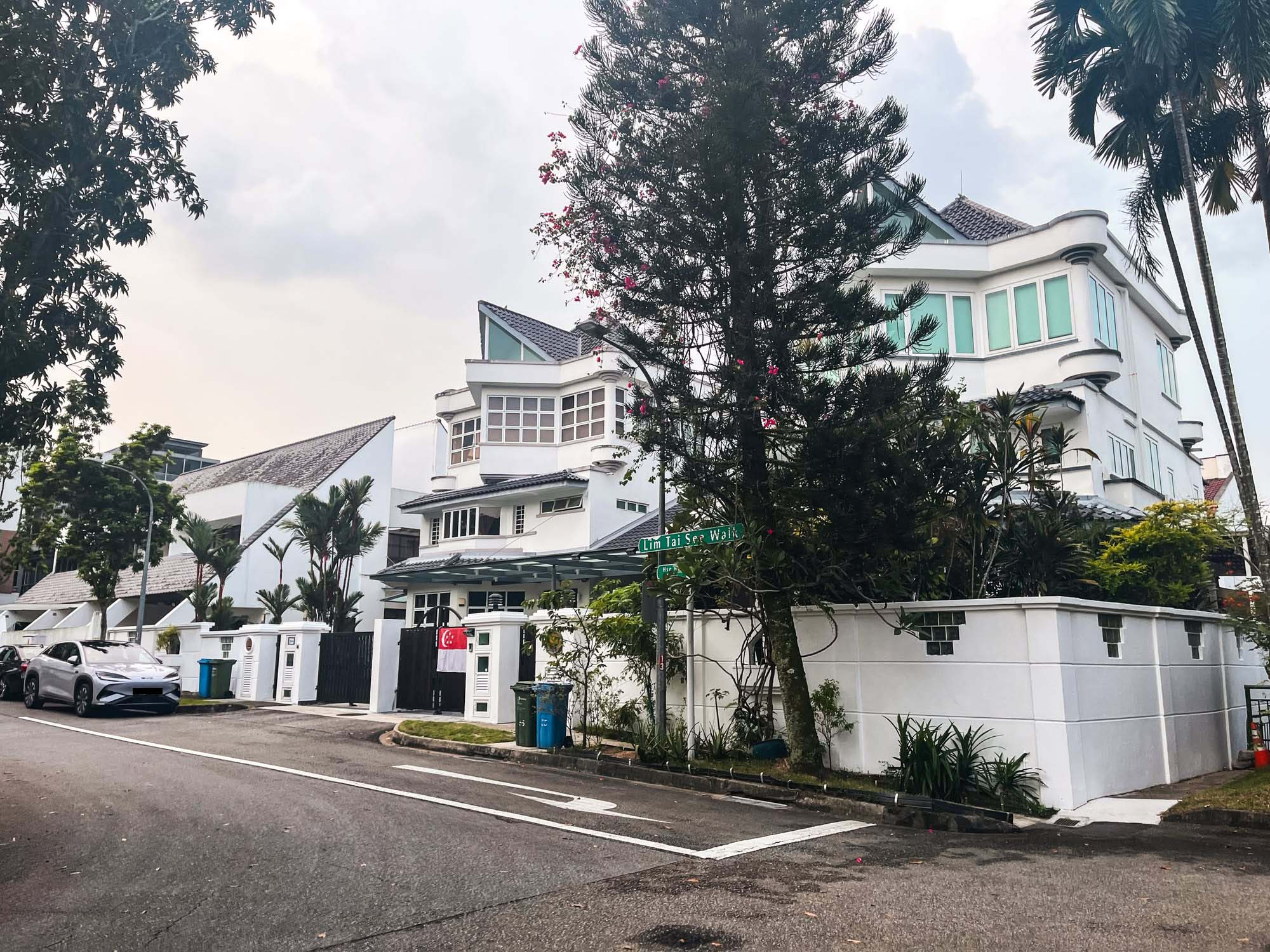


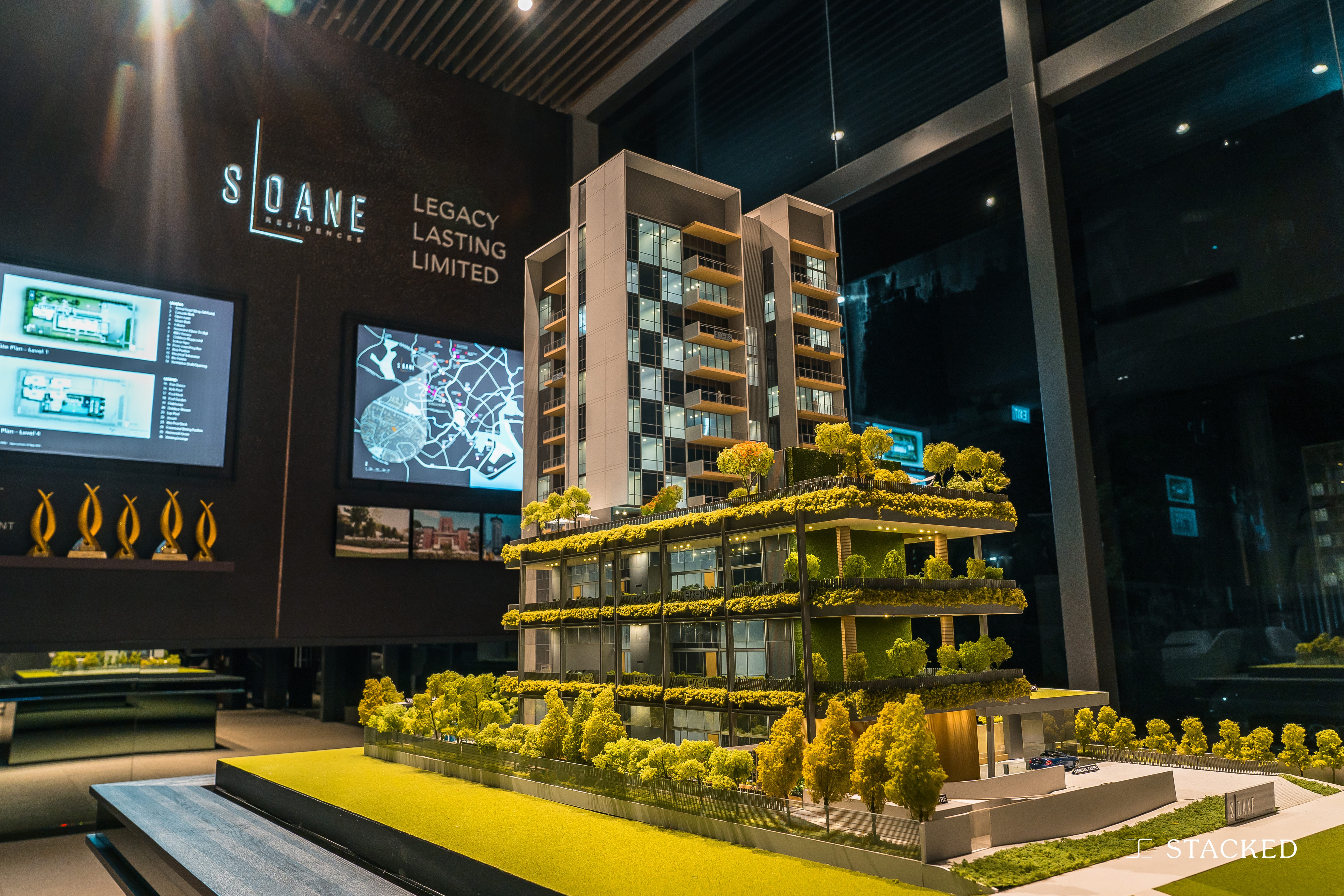
Interesting piece. I’d like to make a further suggestion – you can do a multivariate regression using the take-up rate as the dependent variable. Then you will at least see which factors are statistically significant to the take-up rate, and whether your sample size is significant now.